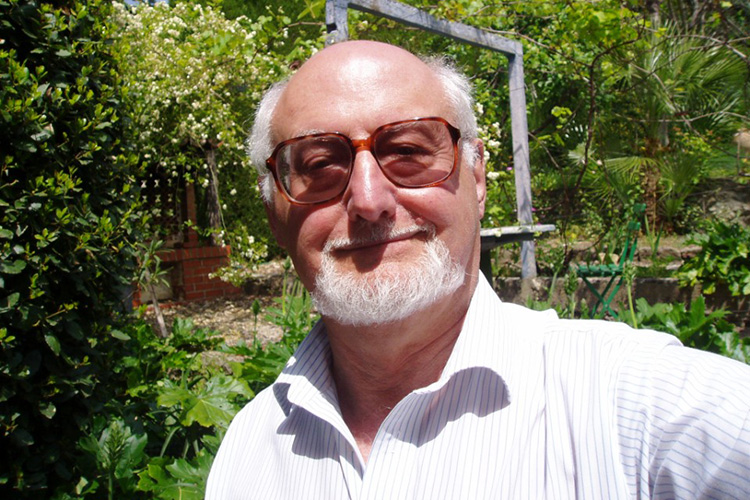 May 14, 2018 – Neville Moray was a pioneer in exploring the interaction between humans and machines by combining the disciplines of psychology and engineering. His work is still influential today in the development of technologies such as self-driving cars and social network algorithms.
May 14, 2018 – Neville Moray was a pioneer in exploring the interaction between humans and machines by combining the disciplines of psychology and engineering. His work is still influential today in the development of technologies such as self-driving cars and social network algorithms.
Moray had two stints at the University of Toronto – from 1970 to 1974, when he was professor of psychology, and from 1981 to 1988, when he was a professor of industrial engineering. He died in December at his home in the south of France, at the age of 82, after a long battle with pulmonary fibrosis.
Aside from his academic achievements, Moray had a broad intellectual curiosity, a playful sense of humour, and in later years became an accomplished artist.
Moray’s love of parties may have helped inspire some of his early research into what is known as the “cocktail party effect,” where people tune out crowd noise to concentrate on one conversation. He published a seminal paper on the subject in 1959, which showed that usually the only thing that will break this concentration barrier is if a person hears their own name said somewhere else in the room.
While Moray spent two decades focusing on cognitive psychology and auditory attention, he shifted direction after spending a sabbatical at the Massachusetts Institute of Technology. There he met engineers working on human-machine interaction and transferred his focus to that topic, known as human factors or ergonomics. From then on he deftly combined the two disciplines of engineering and psychology.
John Lee, one of his former graduate students who is now an engineering professor at the University of Wisconsin, says Moray’s attitude had a huge impact on people who worked with him. “He had a curiosity and passion for doing interesting stuff,” Lee says. “He had fun doing research, and that has really stuck with me. Sometimes that gets lost in the worry about publication and grant dollars and funding students, but in the end it’s really important.”
One of Moray’s central areas of research concerned the trust that people place in automated systems, and what level of trust is appropriate to ensure automation is supervised and applied effectively.
While Moray’s work focused on automation in manufacturing plants, Lee says, his findings set the foundation for later studies of issues that are top-of-mind today, such as the reliability of self-driving cars. It even influences work on social networks that make use of automated algorithms to send advertising to users.
Moray also did visionary analysis of mental workload – a field that examines how many simultaneous tasks people can perform effectively. This, too, is a subject that is more relevant than ever, particularly with current concerns over distracted driving. “His work still informs that area of research,” Lee says.